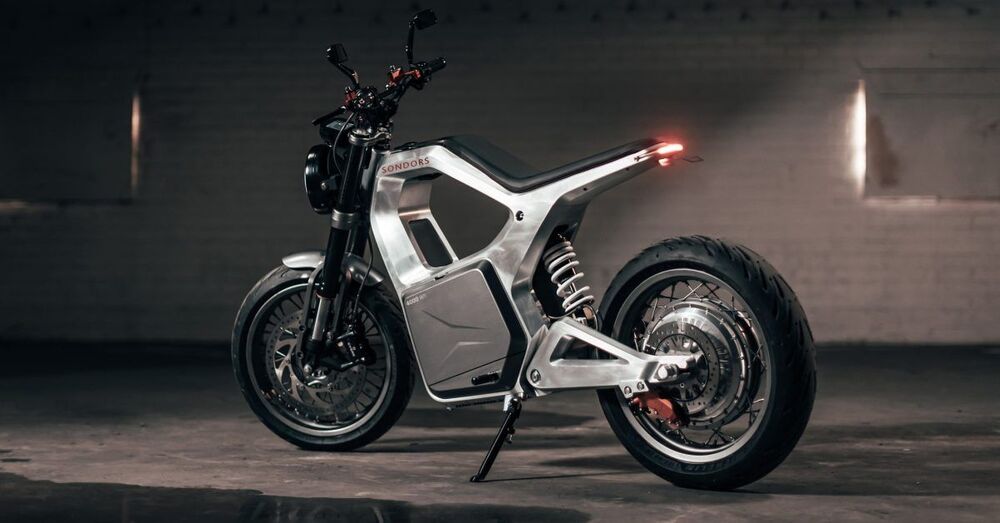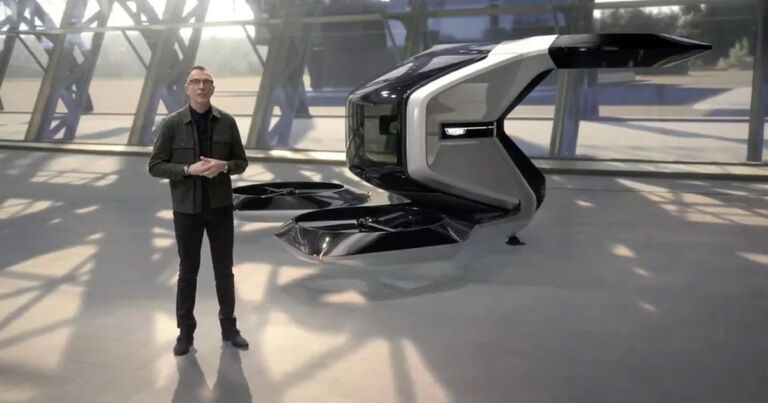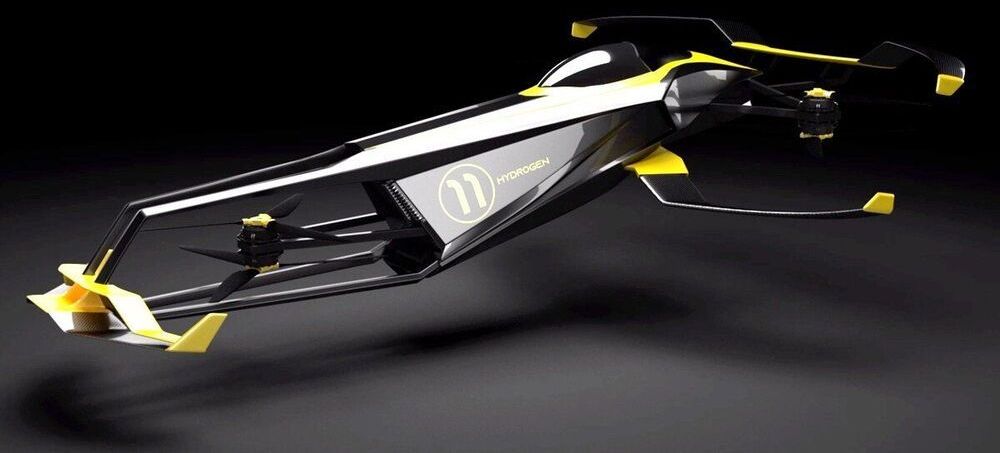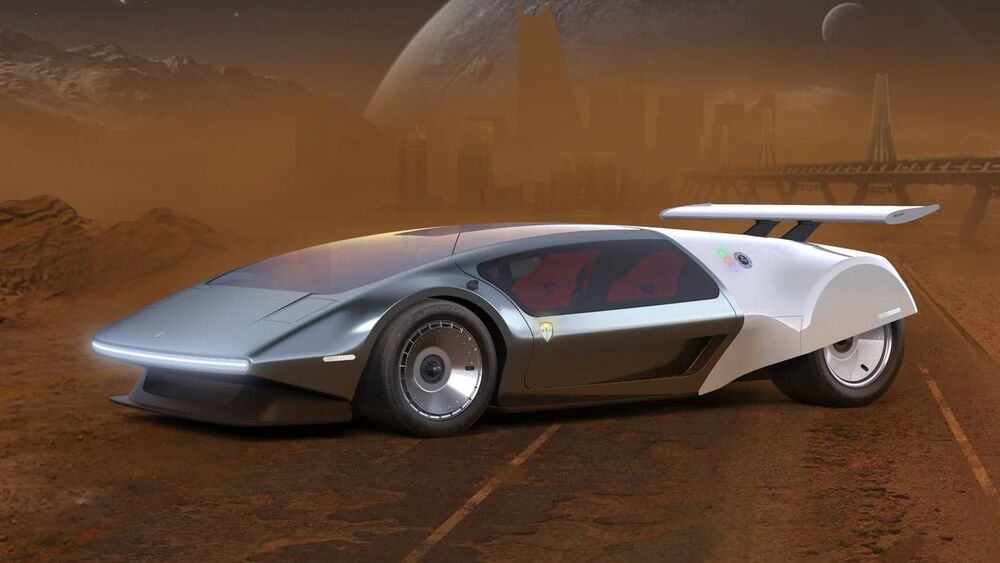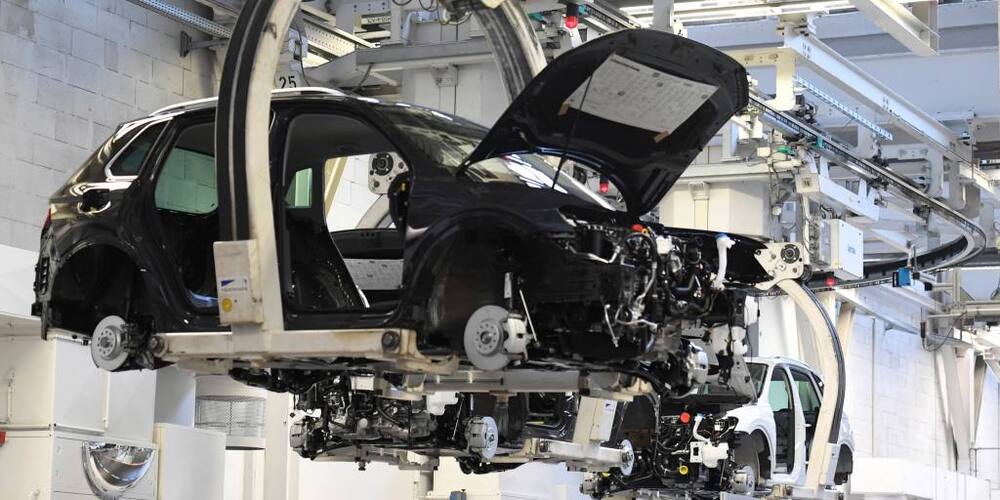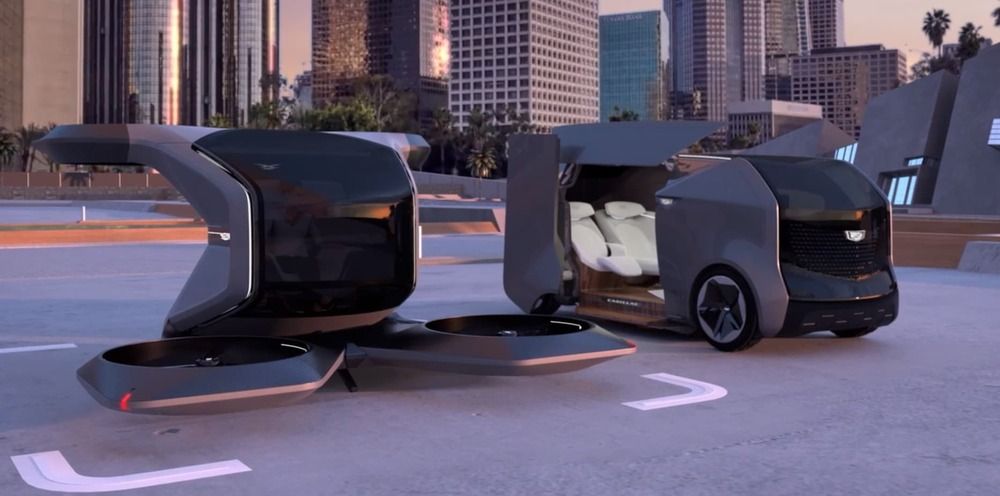SONDORS has just pulled up the curtain on its first-ever electric motorcycle, the SONDORS Metacycle. The new commuter electric motorcycle may just be the first truly low-cost electric motorcycle capable of both city and highway riding.
Of course terms like “affordable” and “low-cost” will always be relative.
But to put things in perspective, we live in a world where the $29799 Harley-Davidson LiveWire is considered largely a commuter electric motorcycle, though with enough power for some impressive drag races as well.
